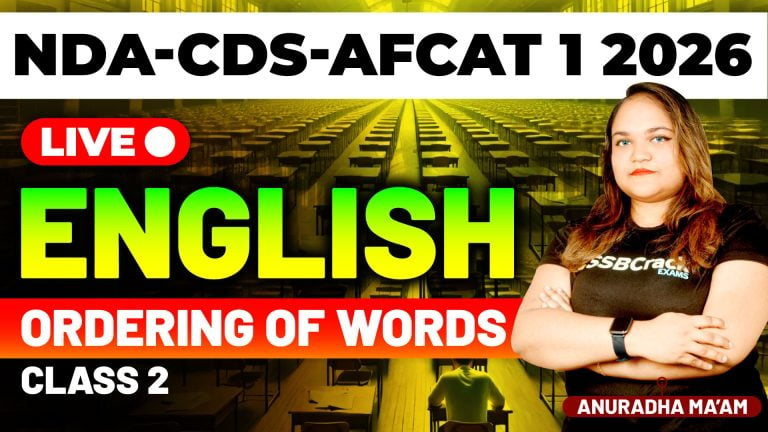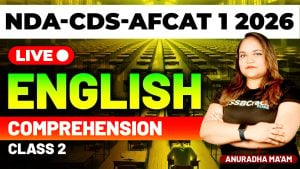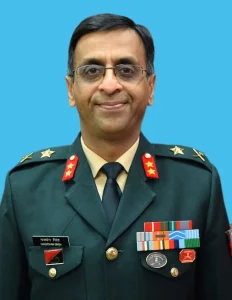Here is an article that covers important points about the Governor-Generals and Viceroys of India, sessions of the Indian National Congress (INC), and key points about the Presidents and Constitution of India.
AFCAT 1 2025 Exam Static GK – Polity Class 1
Governor-Generals and Viceroys of India
- Warren Hastings (1773–1785)
- First Governor-General of Bengal.
- Reformed the revenue system and founded the Supreme Court in 1774 in Calcutta.
- Lord Cornwallis (1786–1793)
- Known for the Cornwallis Code and the Permanent Settlement of Bengal.
- Established civil services and judicial reforms in India.
- Lord Wellesley (1798–1805)
- Known for the Subsidiary Alliance policy.
- Played a major role in expanding British control over princely states.
- Lord William Bentinck (1828–1835)
- Known for social reforms, including the abolition of Sati.
- Promoted Western education and declared English as the medium of instruction.
- Lord Dalhousie (1848–1856)
- Known for the Doctrine of Lapse, which allowed the British to annex territories.
- Introduced the railway system, telegraph, and postal services in India.
- Lord Canning (1856–1862)
- Governor-General during the Revolt of 1857.
- Became the first Viceroy of India after the Government of India Act 1858.
- Lord Curzon (1899–1905)
- Known for the Partition of Bengal in 1905, which led to widespread protests.
- Established the Archaeological Survey of India to protect cultural heritage.
- Lord Mountbatten (1947–1948)
- Last Viceroy of India and oversaw India’s independence.
- Played a role in the partition of India and Pakistan.
Important Sessions of the Indian National Congress (INC)
- Bombay Session, 1885
- The first session of the INC, presided over by W.C. Bonnerjee.
- Marked the beginning of the organized freedom struggle in India.
- Surat Session, 1907
- Led to a split between the Moderates and the Extremists within the INC.
- Extremists were led by Bal Gangadhar Tilak and Moderates by Gopal Krishna Gokhale.
- Lahore Session, 1929
- Presided by Jawaharlal Nehru, where the resolution for Purna Swaraj (complete independence) was passed.
- 26th January 1930 was declared as Independence Day.
- Lucknow Session, 1916
- Marked the Lucknow Pact between the INC and the Muslim League.
- Unified moderates and extremists and strengthened Hindu-Muslim unity.
- Tripuri Session, 1939
- A critical session where Subhas Chandra Bose was re-elected as INC president.
- Bose resigned due to differences with Gandhi, leading to the formation of the Forward Bloc.
- Bombay Session, 1942
- Known for the historic “Quit India” movement launched by Mahatma Gandhi.
- Led to mass protests demanding an end to British rule.
Presidents of India
- Dr. Rajendra Prasad (1950–1962)
- The first President of India and the only President to serve two terms.
- Played a key role in framing the Indian Constitution.
- Dr. S. Radhakrishnan (1962–1967)
- A philosopher and renowned educator.
- His birthday, 5th September, is celebrated as Teacher’s Day in India.
- Dr. A.P.J. Abdul Kalam (2002–2007)
- Known as the “Missile Man of India” and a visionary scientist.
- Focused on national development, education, and technology.
- Pratibha Patil (2007–2012)
- First woman President of India.
- Focused on issues related to women’s empowerment and social welfare.
- Droupadi Murmu (2022–Present)
- The first tribal woman President of India.
- Advocates for social equality, tribal rights, and environmental conservation.
Key Points about the Constitution of India
- Constituent Assembly
- Formed in 1946 and consisted of 299 members.
- Dr. B.R. Ambedkar, the Chairman of the Drafting Committee, is known as the Father of the Indian Constitution.
- Adoption and Enforcement
- Adopted on 26th November 1949, and came into effect on 26th January 1950.
- Known as Republic Day, it marks India’s transition to a sovereign republic.
- Preamble
- The Preamble reflects the core values of Justice, Liberty, Equality, and Fraternity.
- Declares India to be a Sovereign, Socialist, Secular, and Democratic Republic.
- Fundamental Rights and Duties
- Fundamental Rights (Articles 12–35) safeguard citizens’ rights, such as equality, freedom, and the right to constitutional remedies.
- Fundamental Duties, added by the 42nd Amendment, remind citizens of their responsibilities.
- Directive Principles of State Policy
- Enshrined in Part IV, these principles guide the government in making policies for social and economic welfare.
- Not legally enforceable but essential for governance.
- Amendments
- The Constitution can be amended to address contemporary needs.
- The 42nd Amendment, known as the “Mini Constitution,” brought extensive changes.
- Schedules and Articles
- The Constitution initially had 8 Schedules and 395 Articles; it now has 12 Schedules and 448 Articles.
- Articles cover every aspect of governance, from the Union and states to fundamental rights and emergency provisions.
- Emergency Provisions
- Article 352 allows for a declaration of National Emergency in the event of war, external aggression, or armed rebellion.
- Other types include President’s Rule (Article 356) and Financial Emergency (Article 360).



















